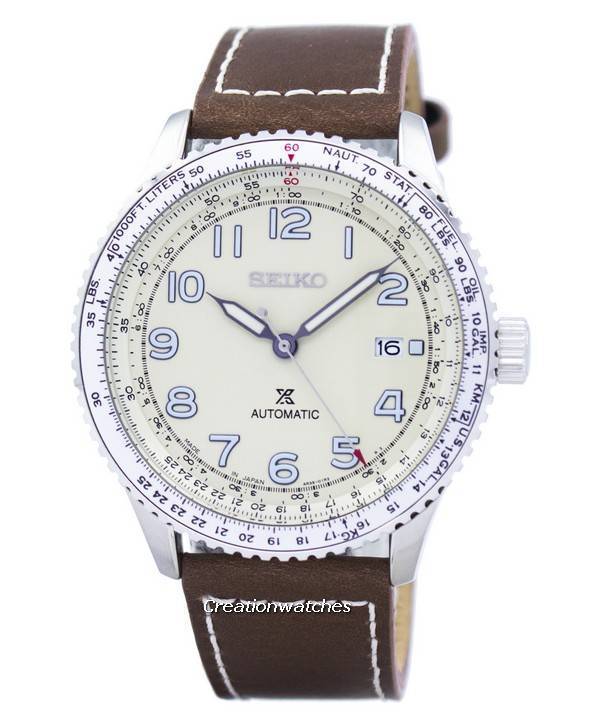
Arriving at this post – unless you followed the initial discussion about bezels –suddenly won’t make much sense. It would be like you are trying to catch up halfway onwards. Your quest for a watch bearing a bezel that will come to use during dire times and happy moments alike won’t be a great one. Start from here instead.
Those who followed the previous installment – This time, we got the ‘Pulsometer’ to start with.
 Only specialized medical watches get a pulsometer scale – a specially calibrated tachymeter used to determine heart rate – on their chapter rings, placed along the edge of the dial, beneath the bezel and the crystal. It helps you to get the correct heart rate in beats per minute.
Only specialized medical watches get a pulsometer scale – a specially calibrated tachymeter used to determine heart rate – on their chapter rings, placed along the edge of the dial, beneath the bezel and the crystal. It helps you to get the correct heart rate in beats per minute.
A related scale might also stay present alongside; the asthmometer. You can determine a patient’s respiratory rate with this. The scale is read the same way and typically, remains calibrated to five respirations at a time.

The Telemeter tells you the distance between a wearer and a visible/audible event that occurred. A loud report, a bullet hitting its target, a sudden lightning strike – could be anything. Start the chronograph at the flash; stop it at the sound. That will give you the distance in miles/kilometers on the telemeter scale, usually calibrated for use in typical ambient temperatures.
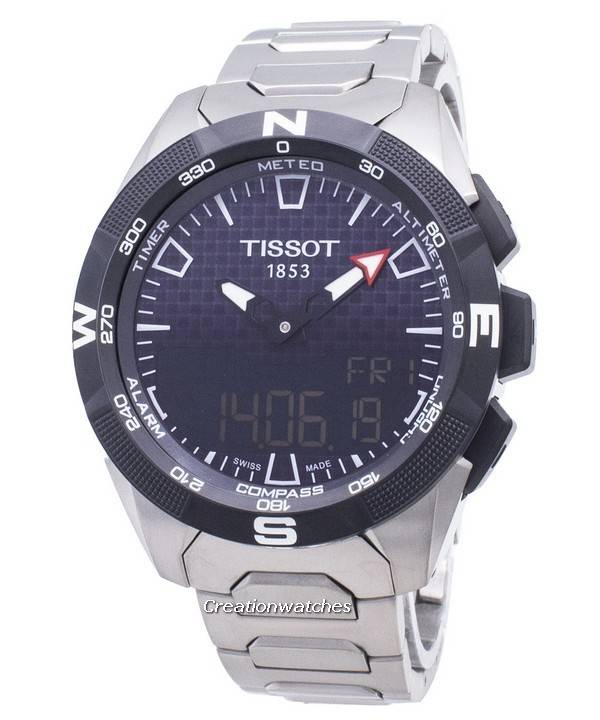 The compass bezel is relatively easier to grasp; we are accustomed to the term since long. It does what a compass does. Anyone wearing this in the northern hemisphere has to rotate the compass bezel until the South-mark comes halfway between the hour hand and 12 o’clock. Deduct time by an hour if your watch is showing DST (daylight saving time). Next, point the hour hand to the Sun; the bezel’s orientation will determine the directions. You’ll need to turn the bezel every hour with the advancing hour hand.
The compass bezel is relatively easier to grasp; we are accustomed to the term since long. It does what a compass does. Anyone wearing this in the northern hemisphere has to rotate the compass bezel until the South-mark comes halfway between the hour hand and 12 o’clock. Deduct time by an hour if your watch is showing DST (daylight saving time). Next, point the hour hand to the Sun; the bezel’s orientation will determine the directions. You’ll need to turn the bezel every hour with the advancing hour hand.
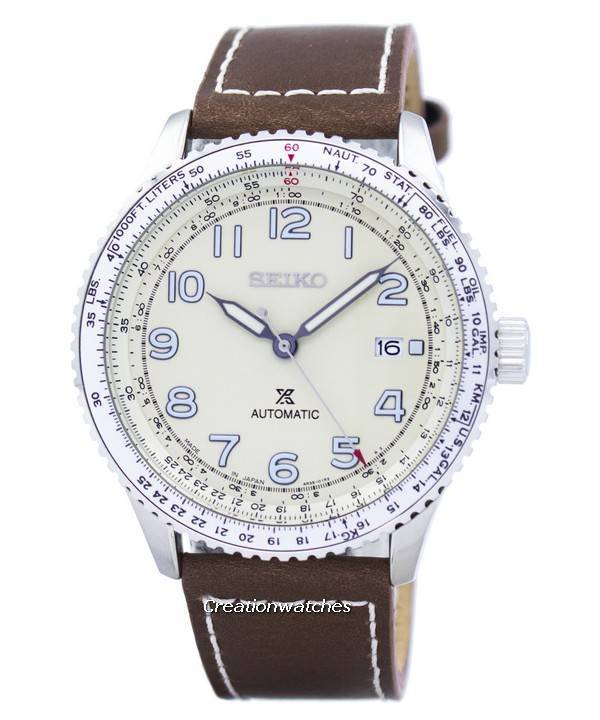
Complex calculations need appropriate, advanced devices; so the Slide Rule was added to a few watches. This is also by far considered to be the coolest bezel and at the same time, also the most complicated. A slide rule comprises two logarithmic scales put together; one stationary and another as a rotating, outer ring. You can divide or multiply or do old-school math real fast; calculate fuel and distance related data and a lot more, like navigation, airspeed, rate of time, flight/drive time etc. You’ll find them mostly on aviators’ watches but you need to be an experienced pilot for a full utilization.
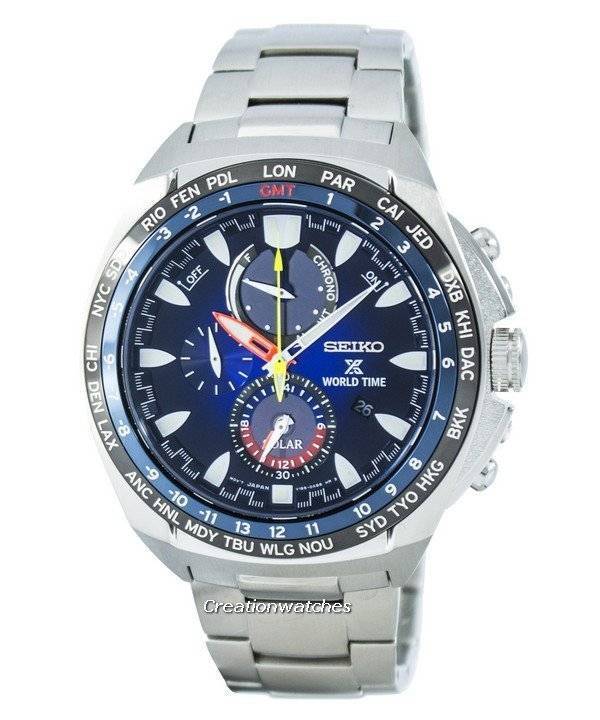
GMT and World Time both help to follow time in a different time zone. The term GMT (Greenwich Mean Time) is a term own to the tradition-bound world of horology. A GMT bezel shall bear 24 equidistance marks; same if it’s a chapter ring. A 24-hour GMT hand is actually the dual-time hand and takes a full round only once a day. It requires setting the bezel’s hour-marker opposite to the 24-hour hand to detect time in the zone you want. Adding a bezel with the chapter ring creates a third time-zone. A bi-colored bezel represents day and night.
For a world time bezel and chapter ring; the names of the world’s major cities remain displayed on the bezel, one in each time zone. The chapter ring bears 24-hour markings. Together, they let you know the approximate time of each city, even with DST.
Examples of such watches can be found under the following links. Click to see and buy:
- https://www.creationwatches.com/products/tissot-247/tissot-t-pocket-pendants-petite-infirmiere-t81-7-221-92-t81722192-quartz-pocket-watch-16374.html
- https://www.creationwatches.com/products/seiko-prospex-299/seiko-prospex-automatic-japan-made-srpb57-srpb57j1-srpb57j-mens-watch-11627.html
- https://www.creationwatches.com/products/seiko-prospex-299/seiko-prospex-world-time-solar-chronograph-ssc549-ssc549p1-ssc549p-mens-watch-10767.html
- https://www.creationwatches.com/products/seiko-prospex-299/seiko-prospex-kinetic-gmt-100m-sun061-sun061p1-sun061p-mens-watch-8454.html


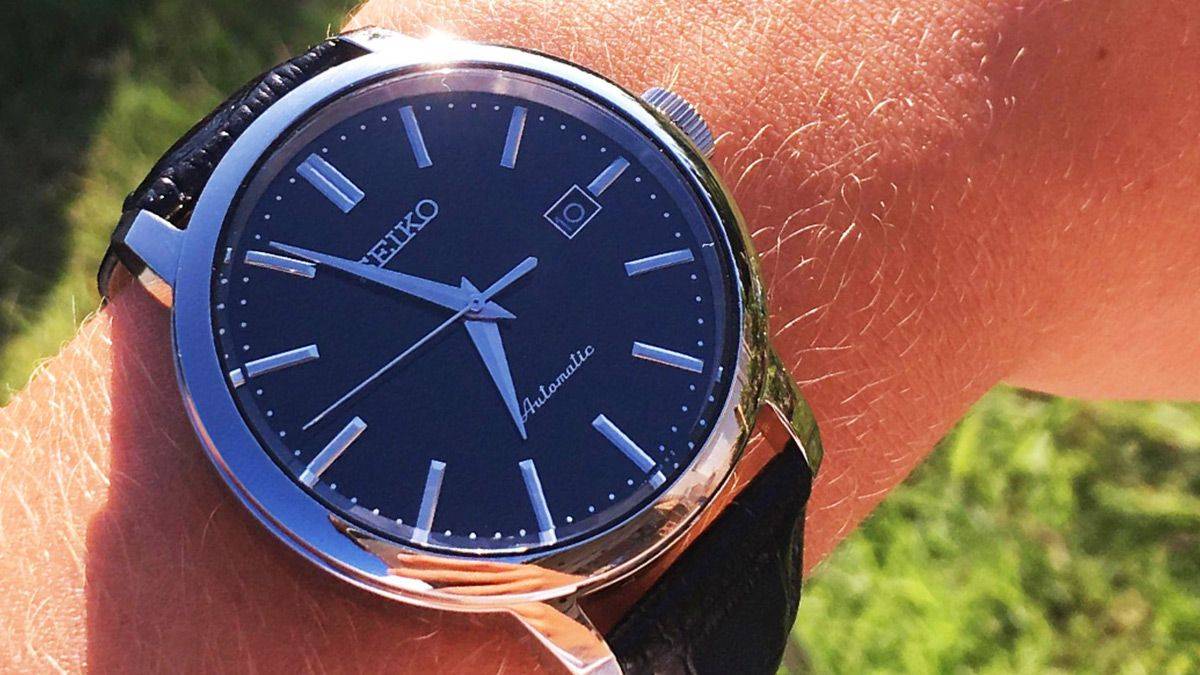




















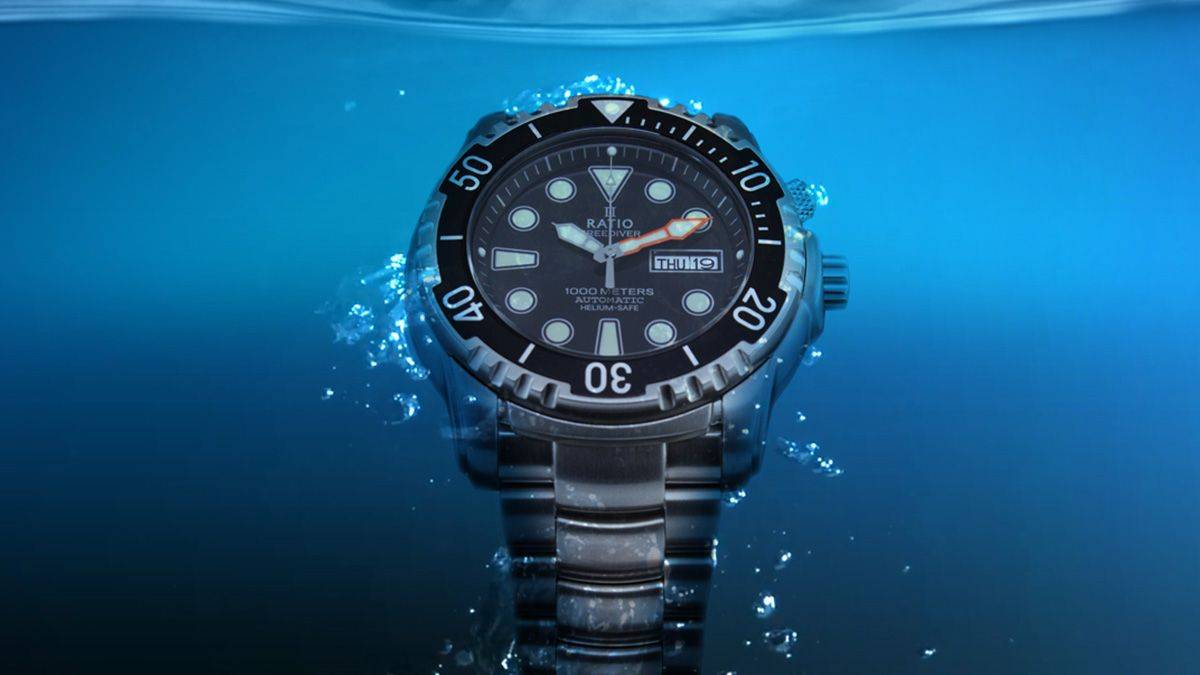
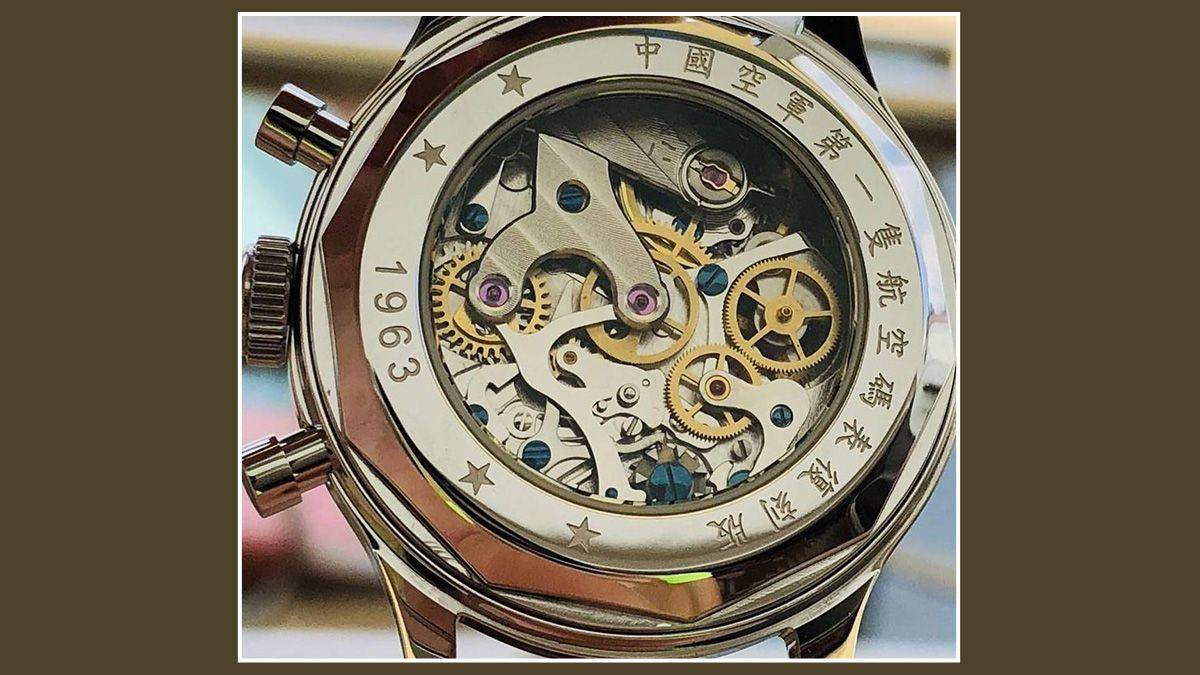





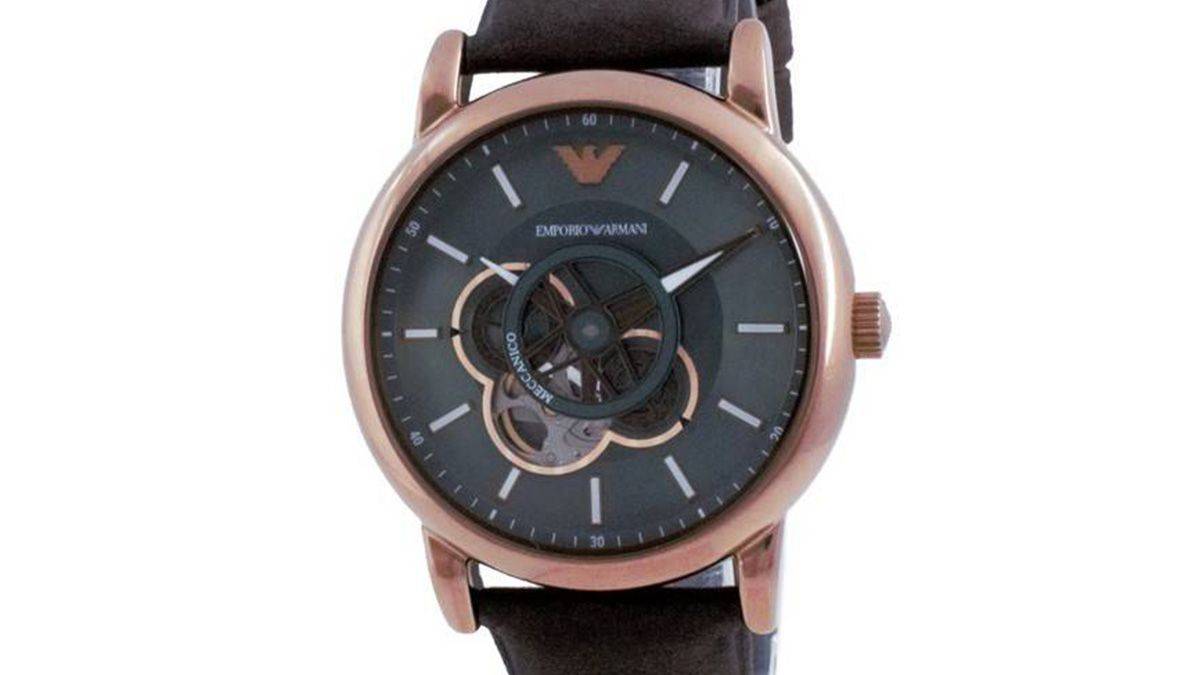





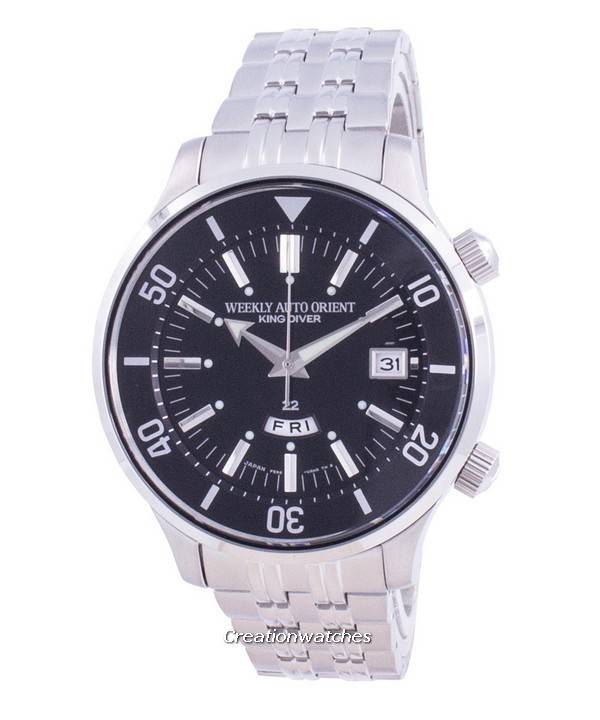
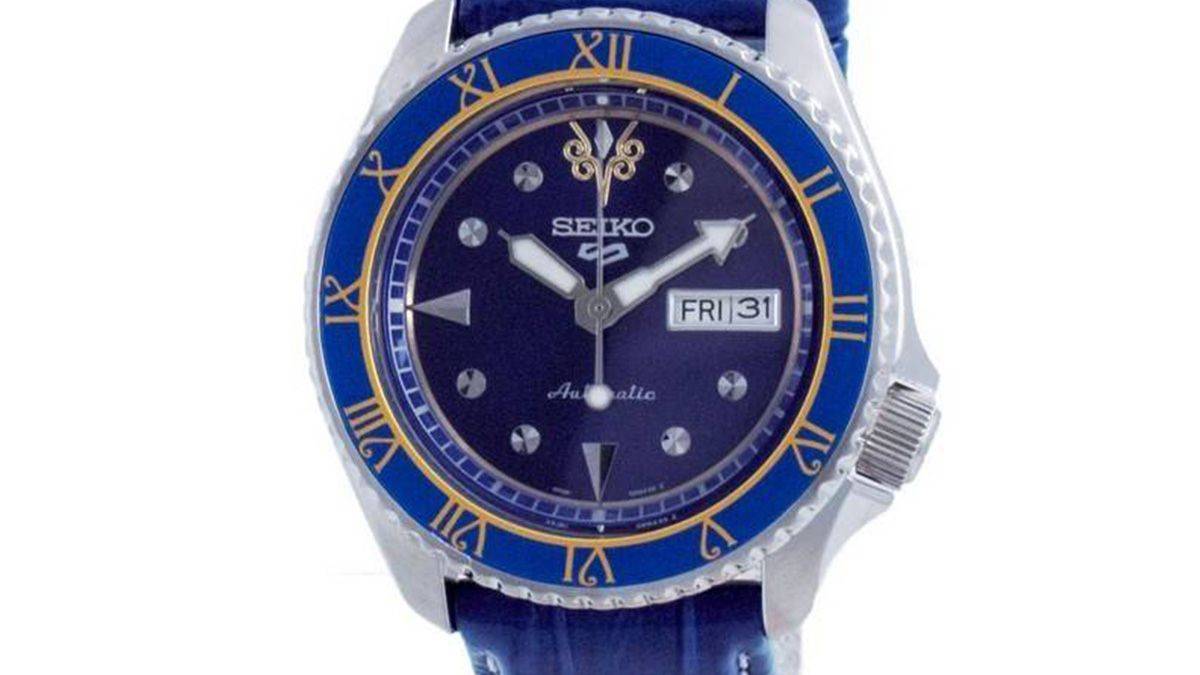
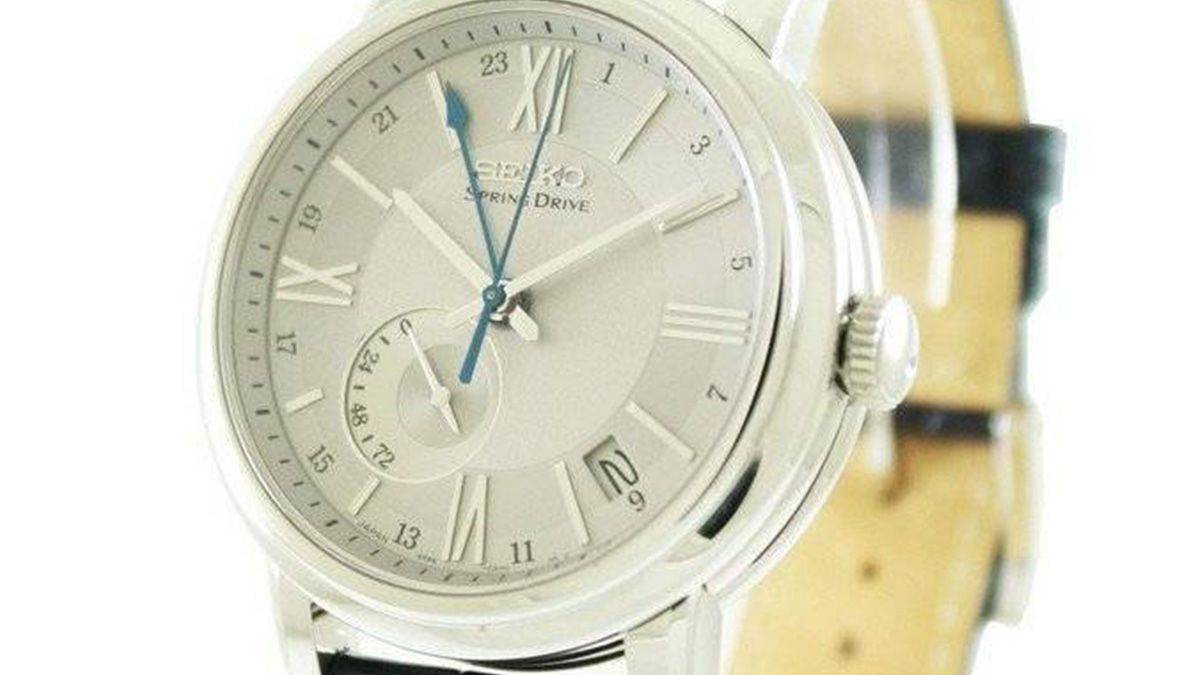



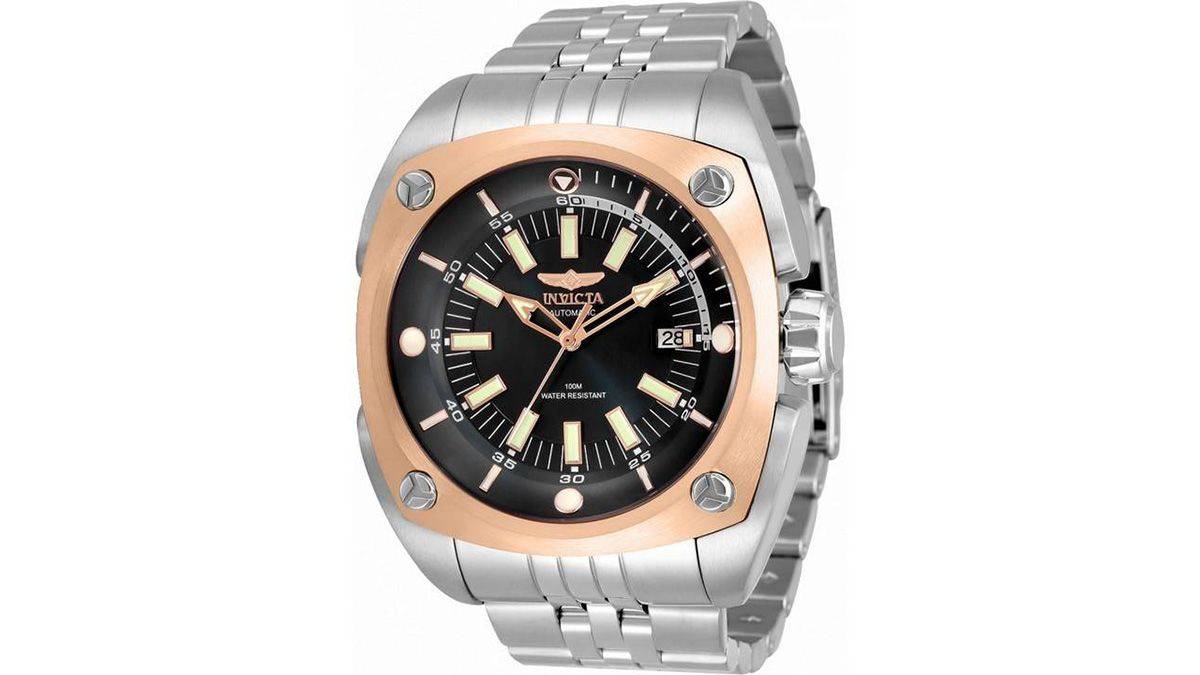
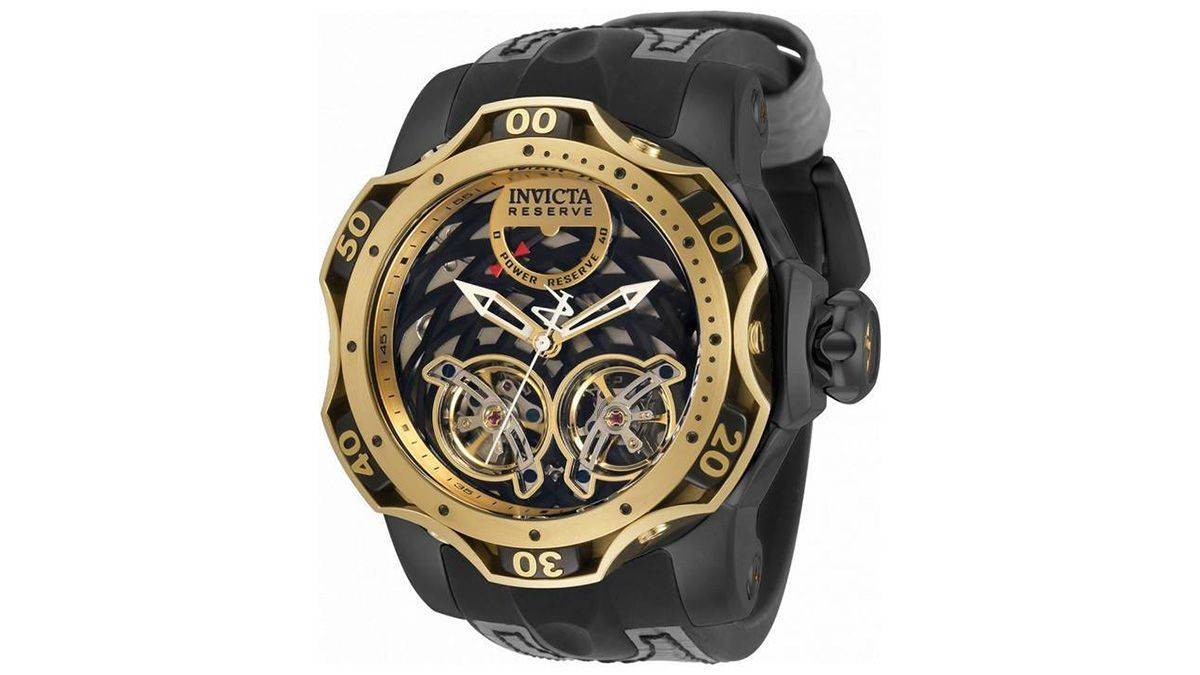













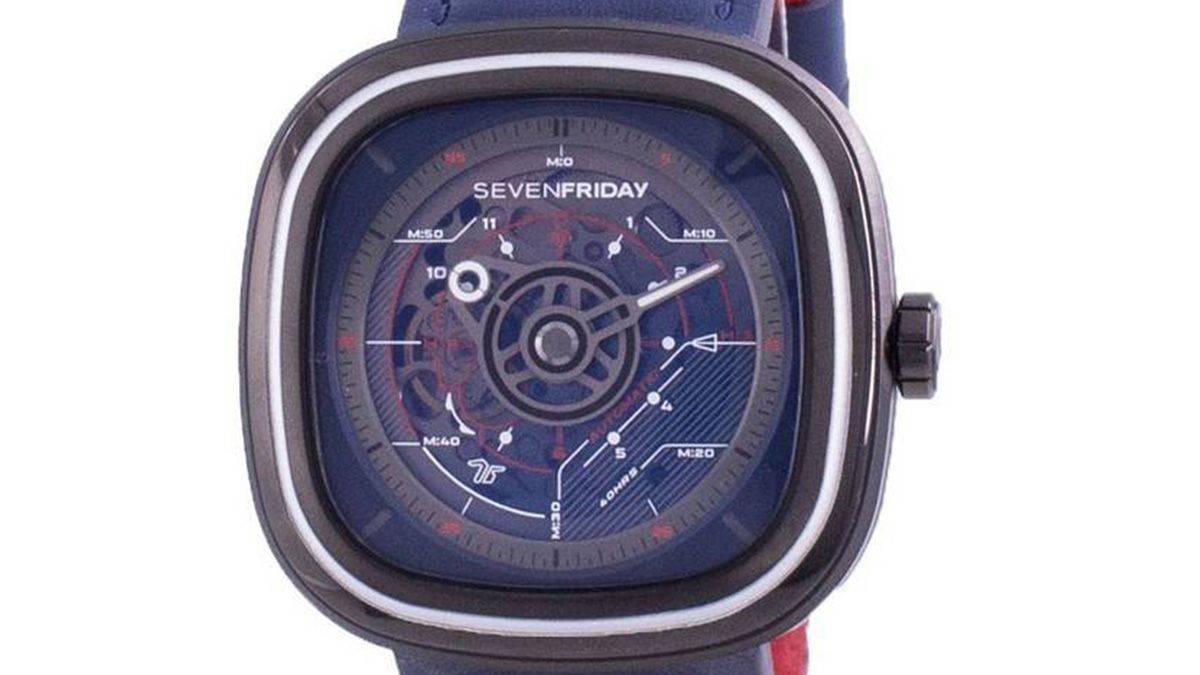
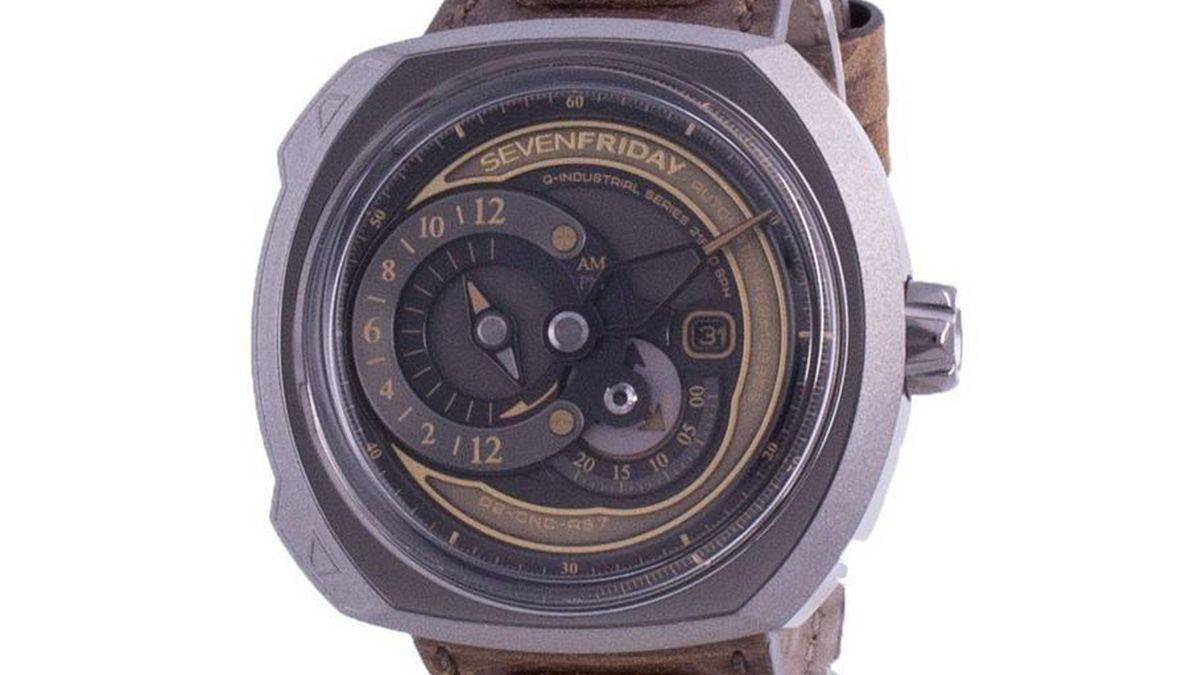


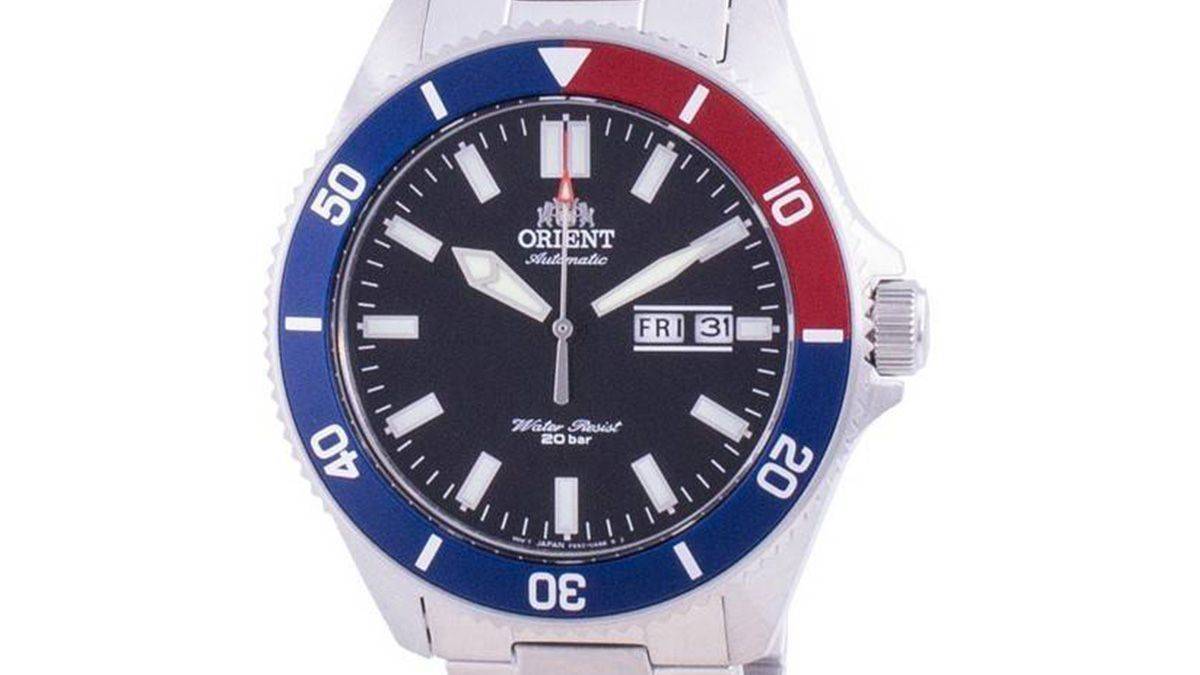

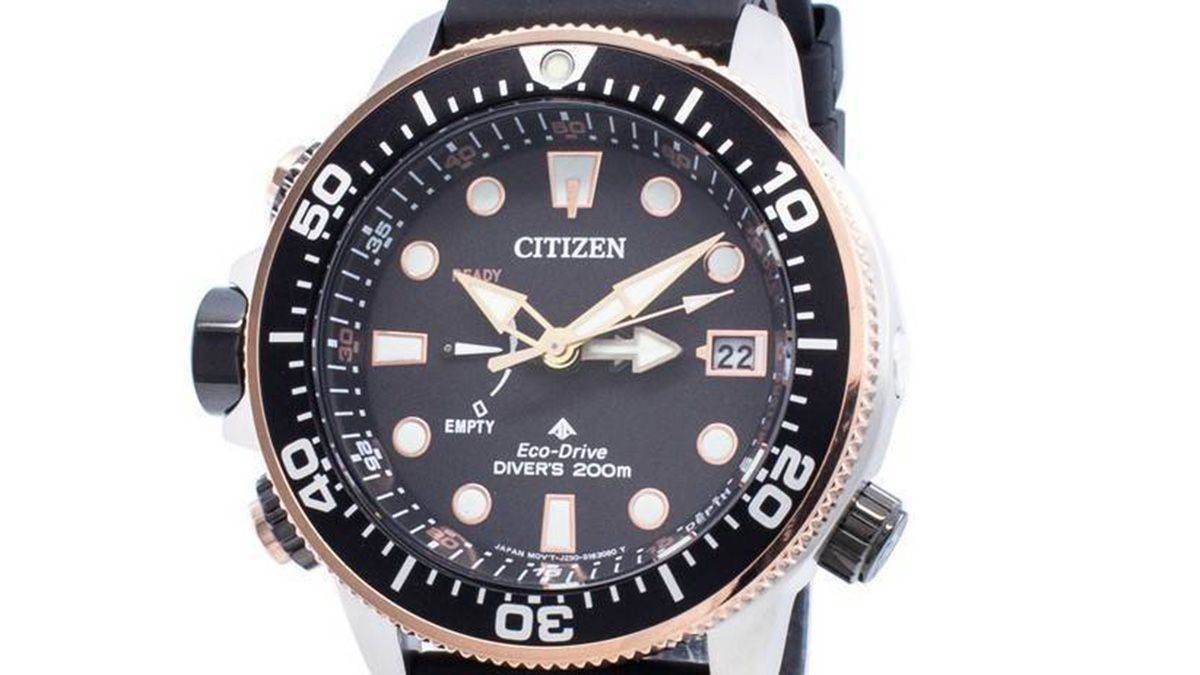
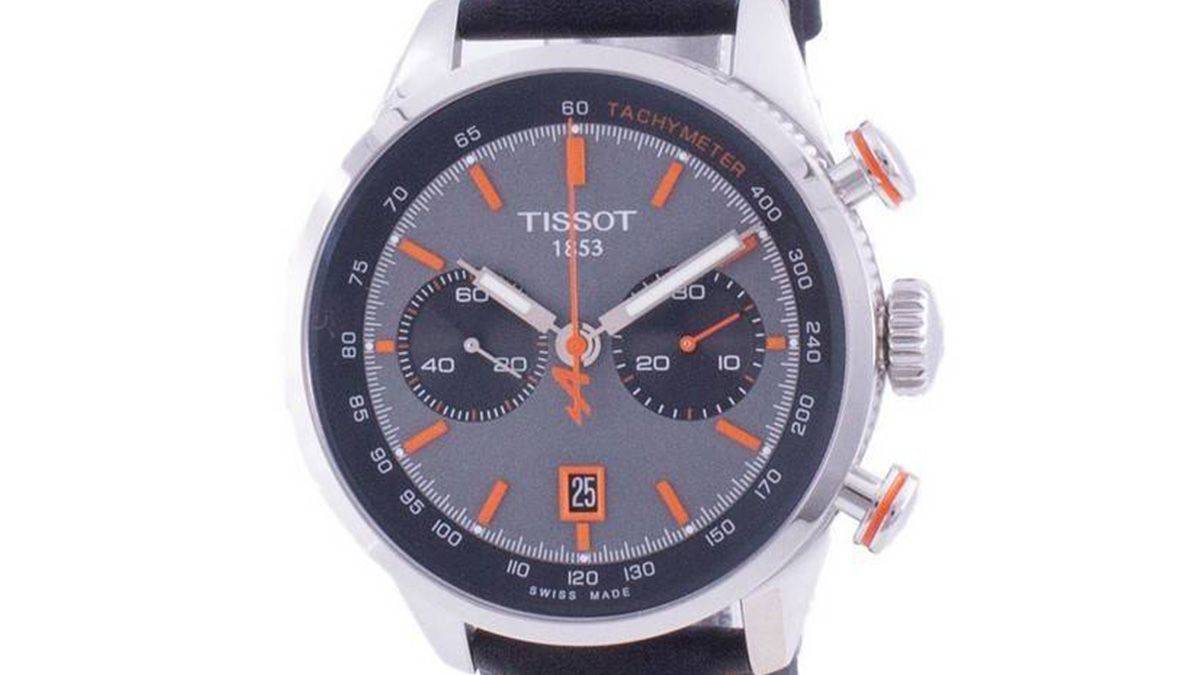





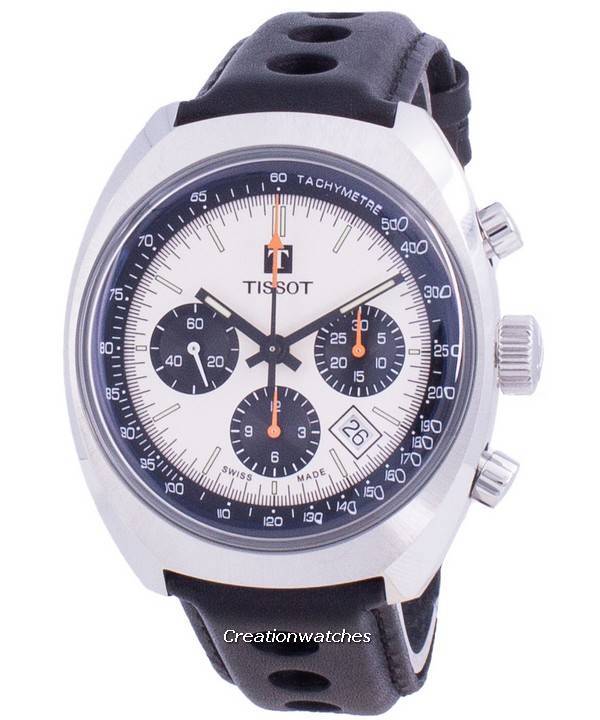
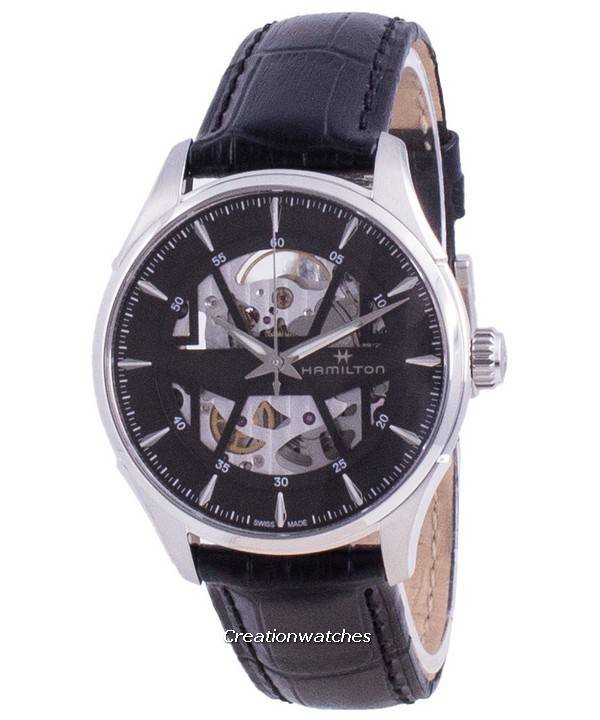


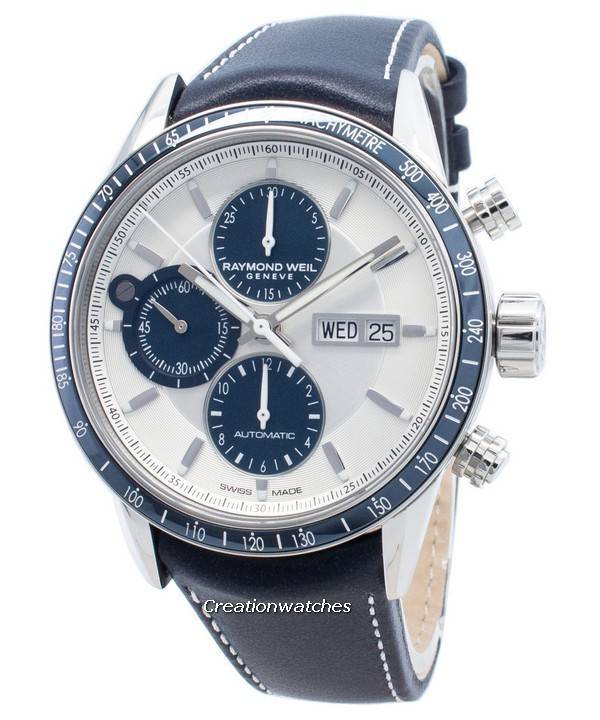



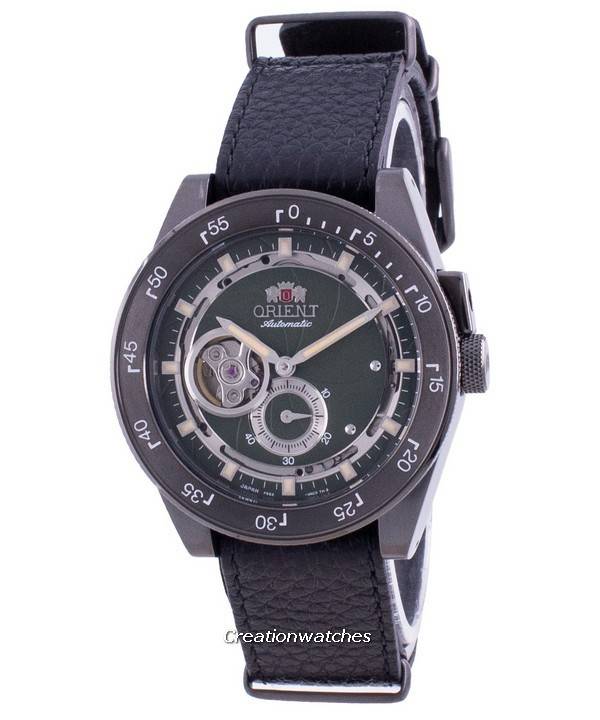

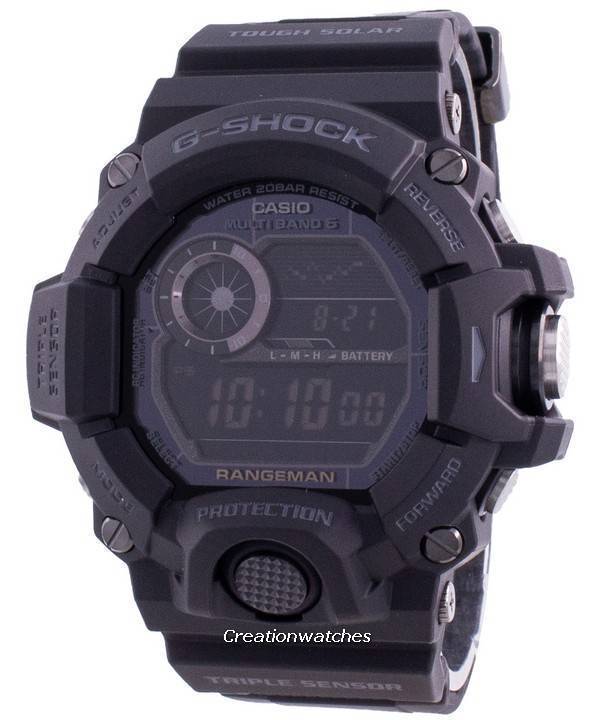
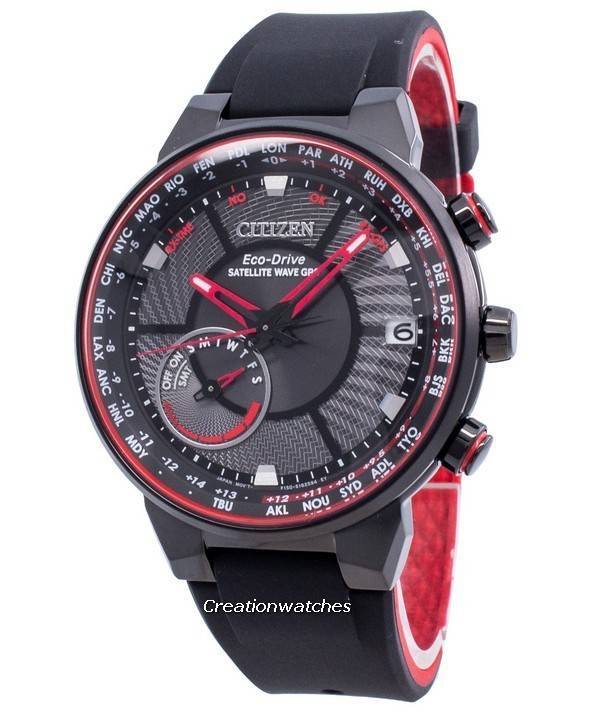


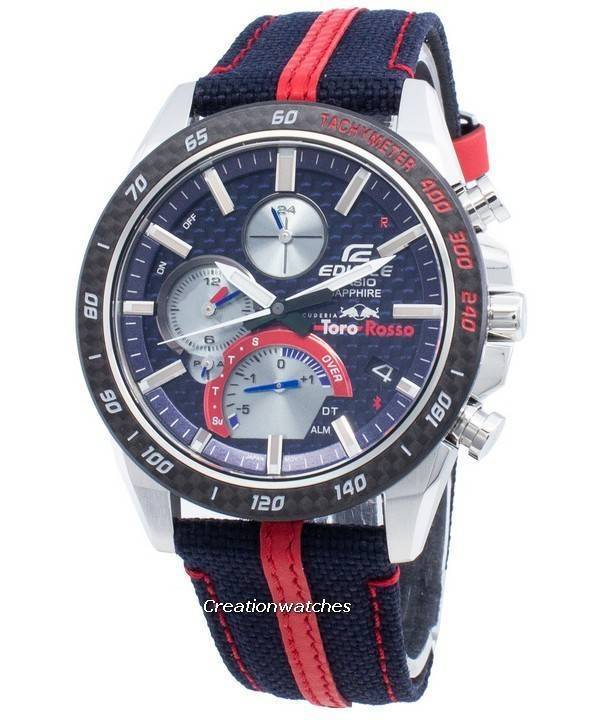

















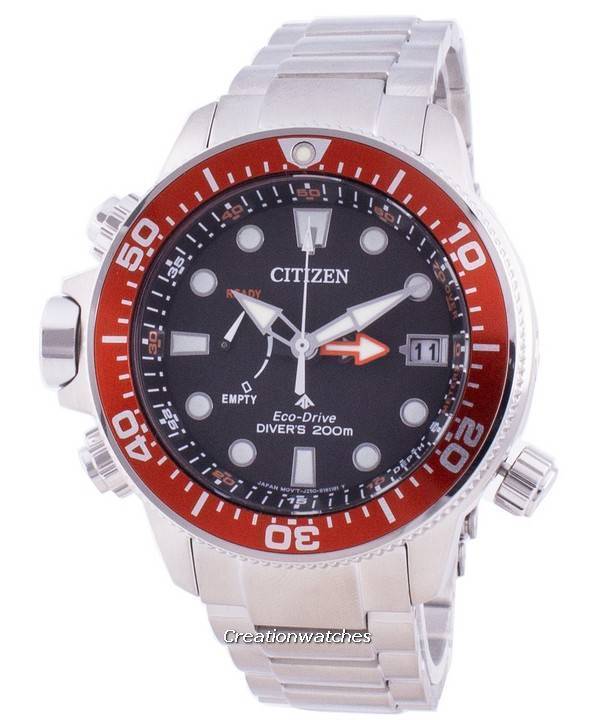






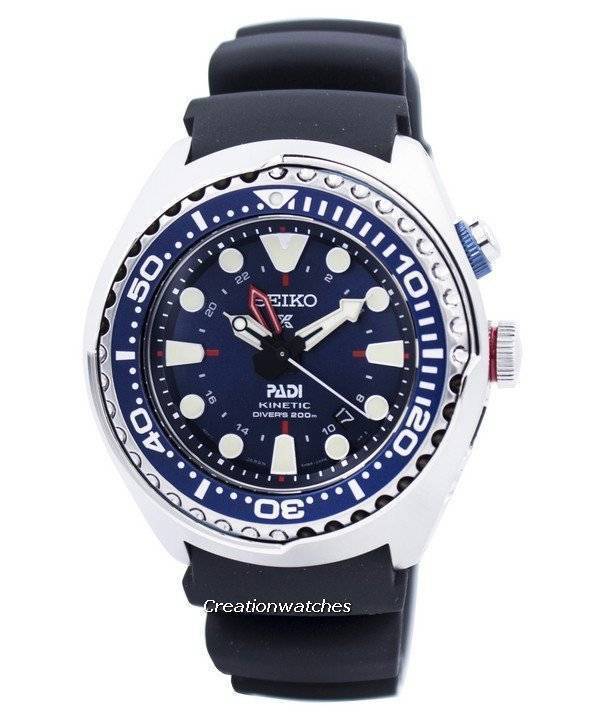

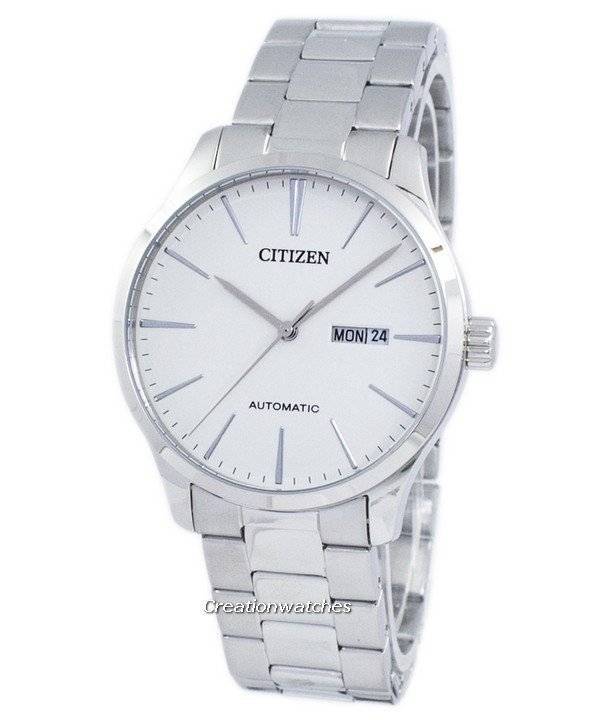






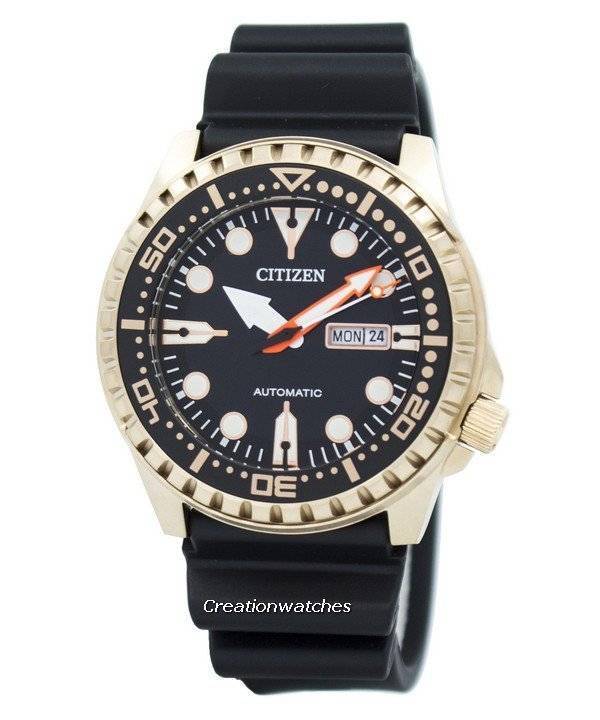


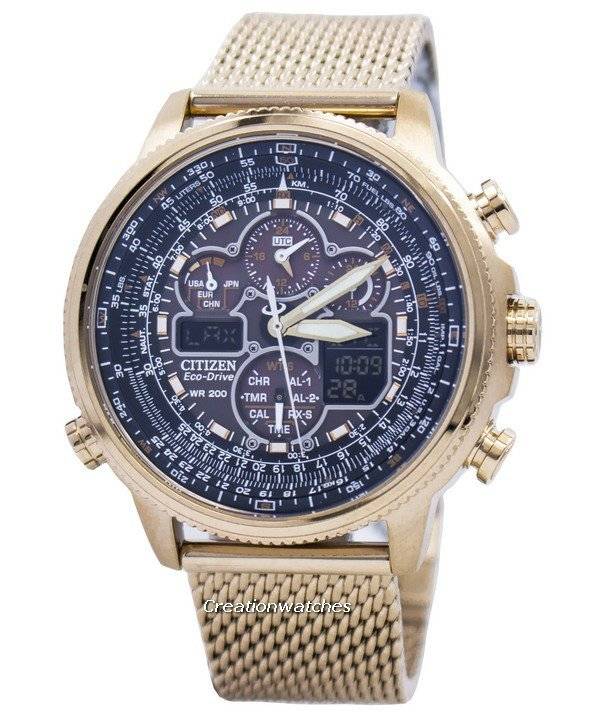



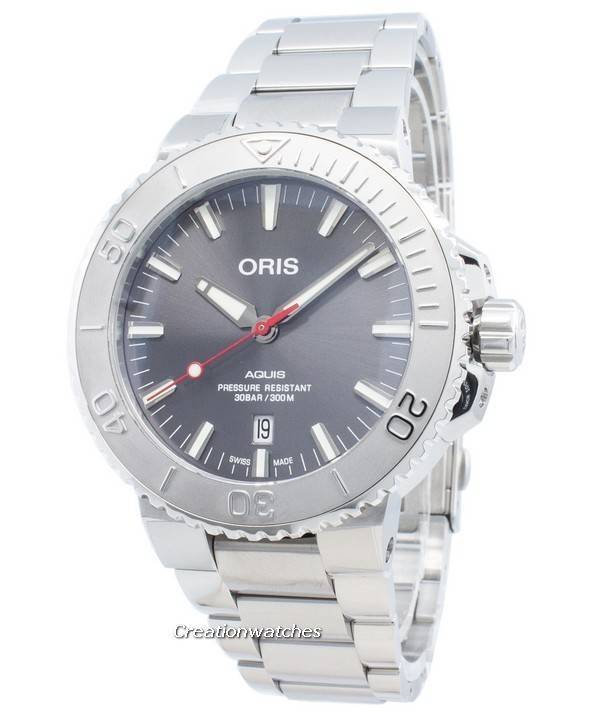


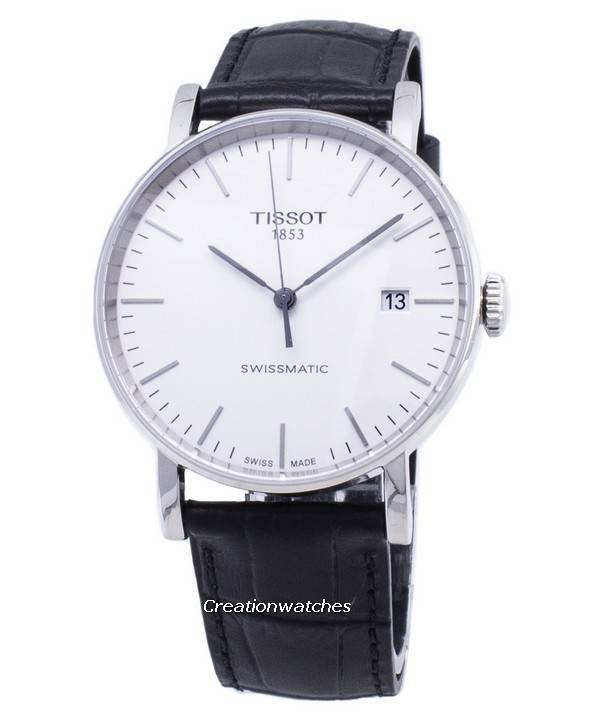
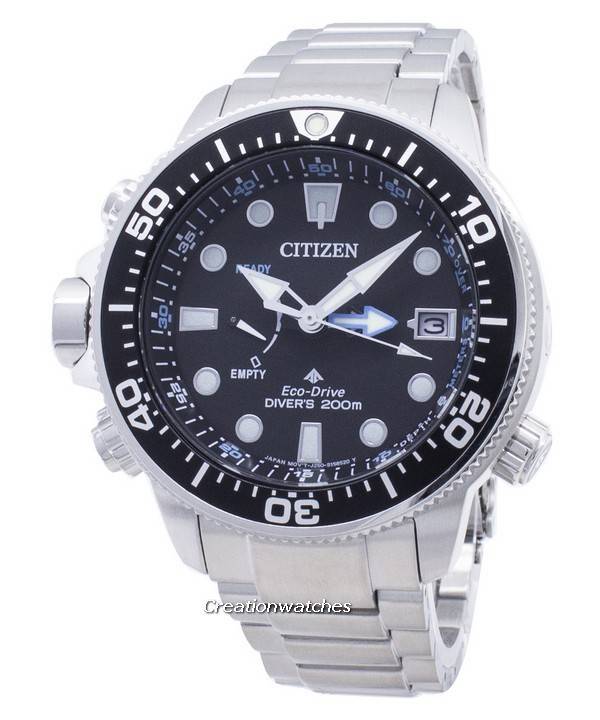
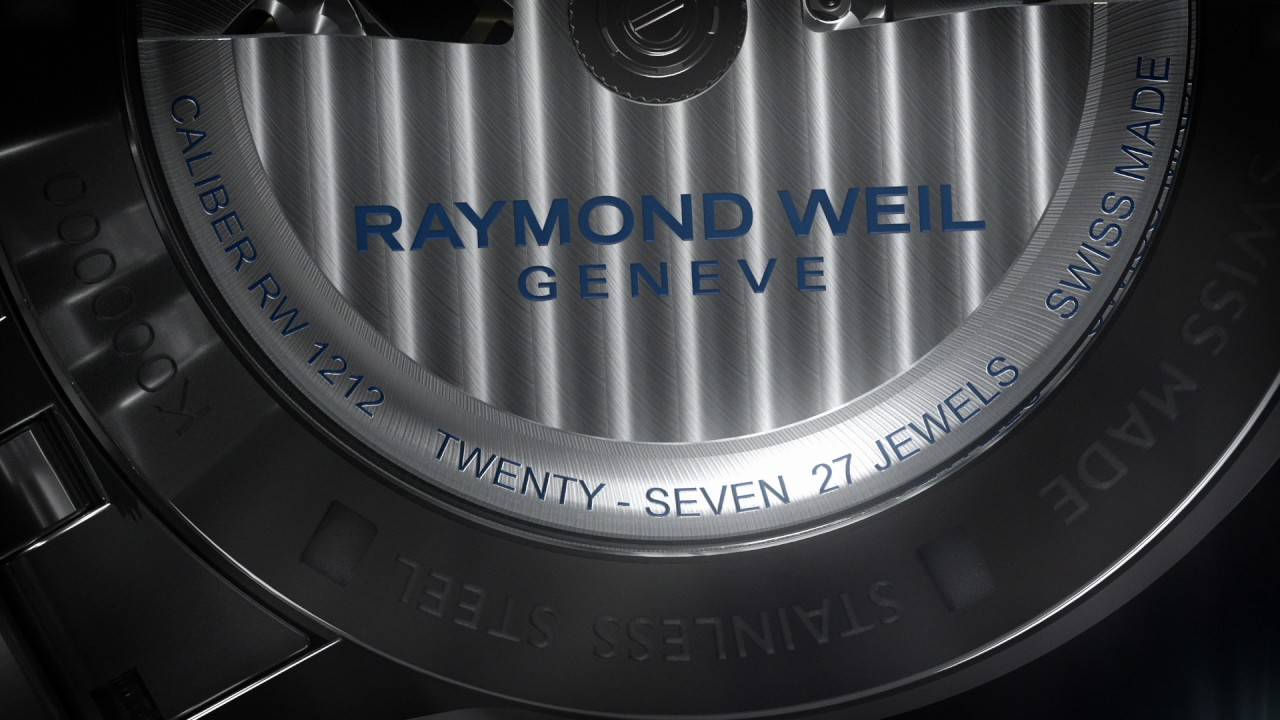




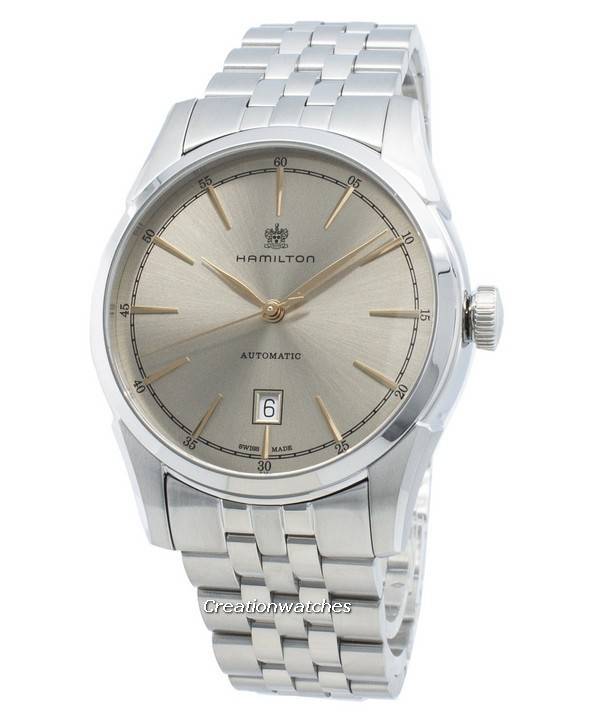
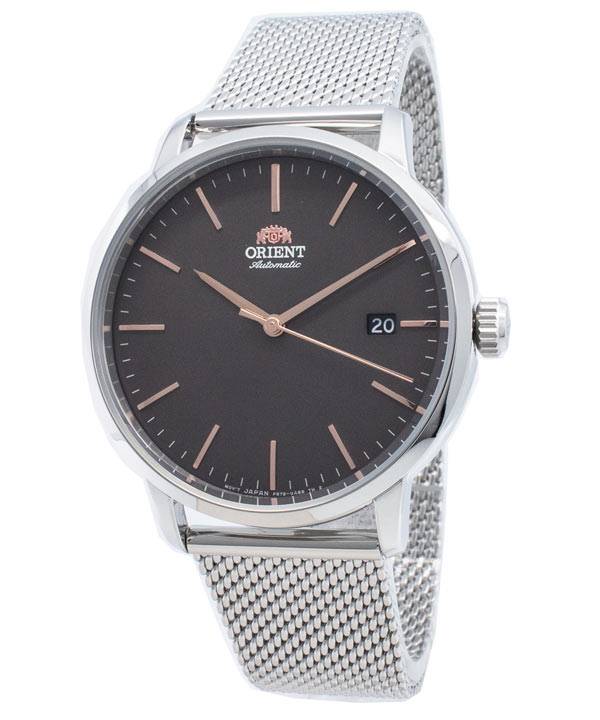


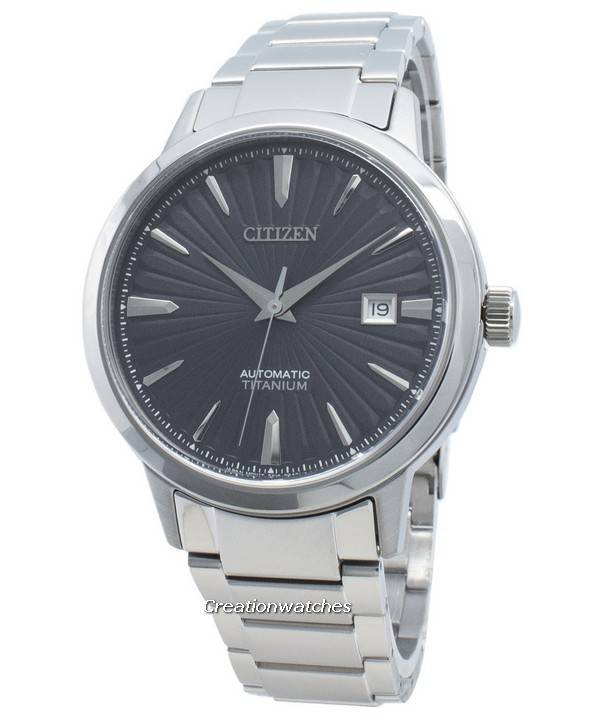


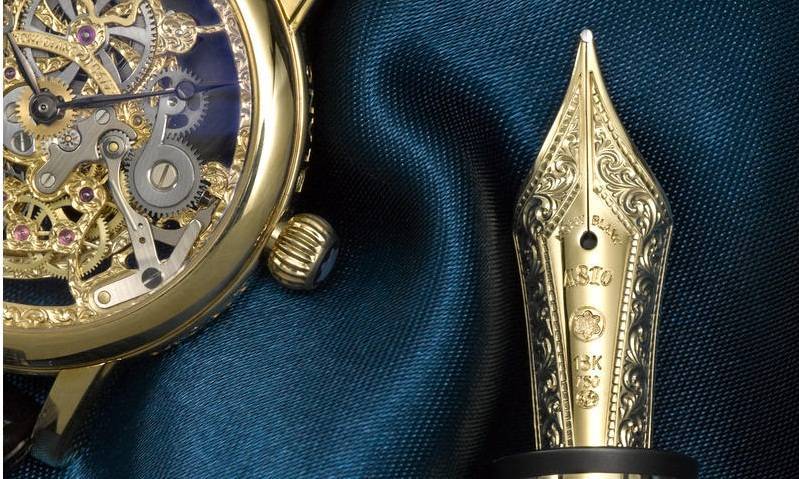





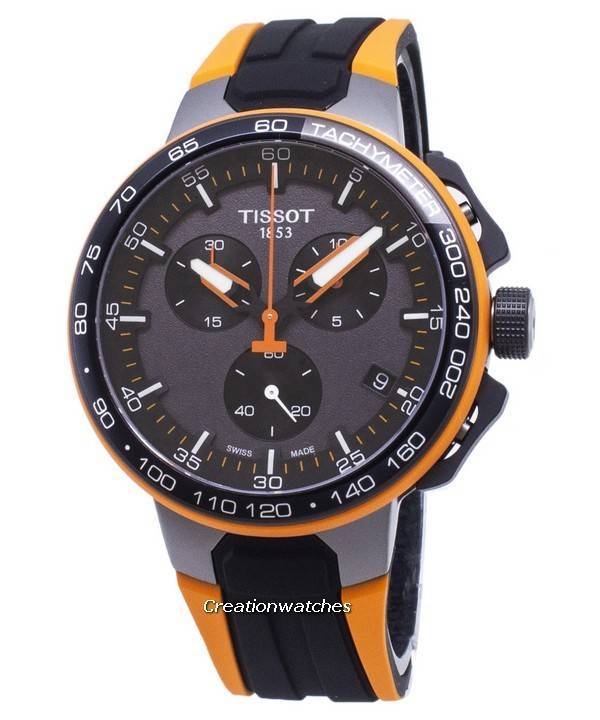



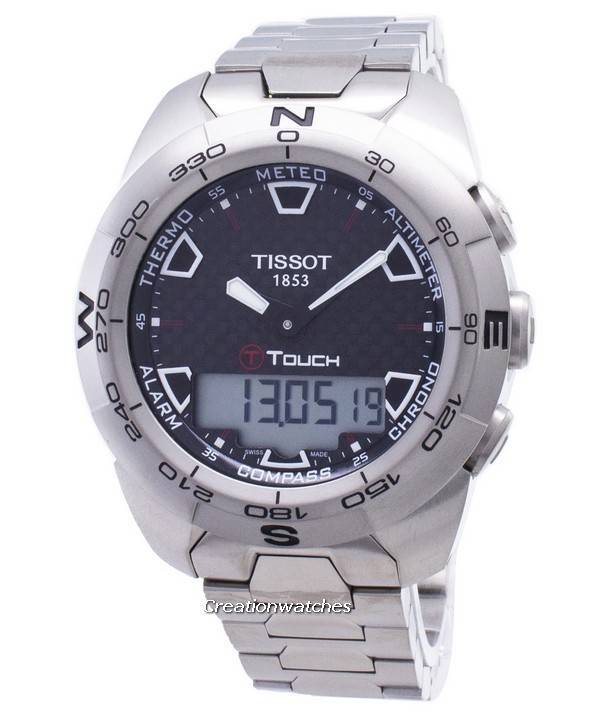

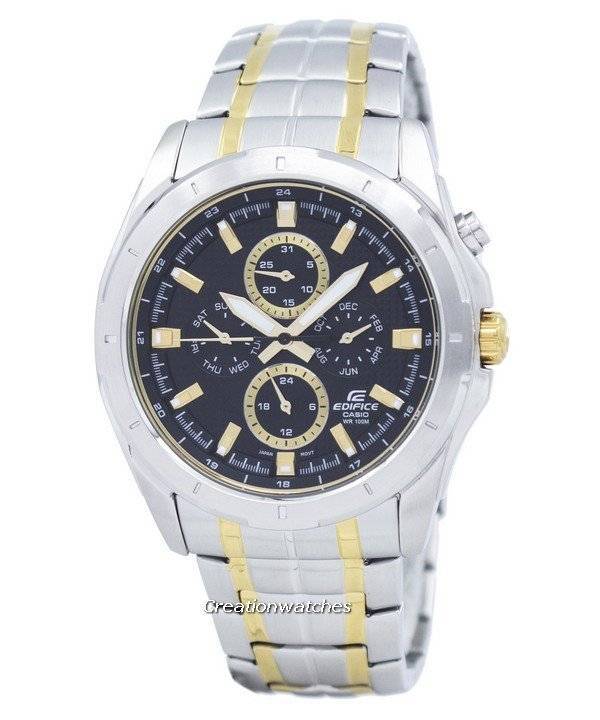







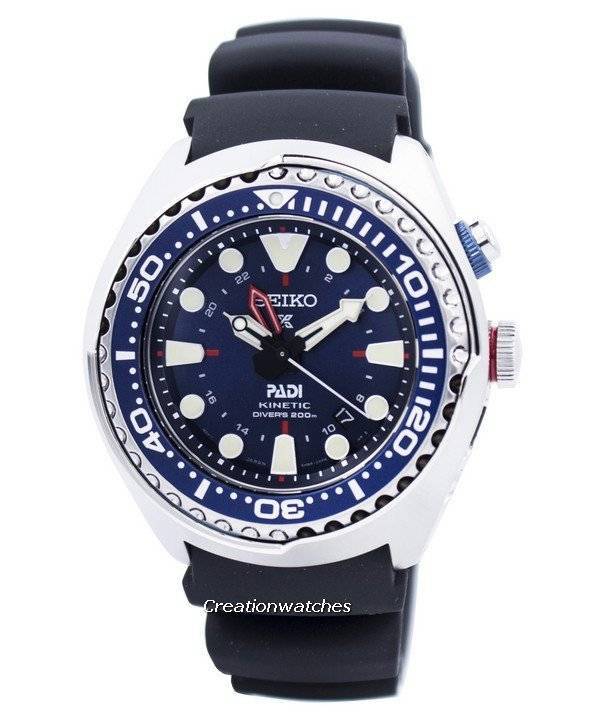
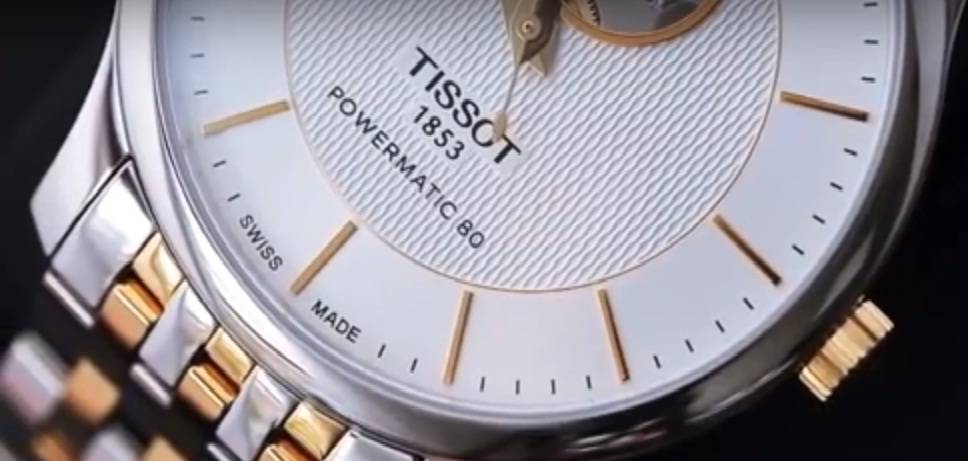
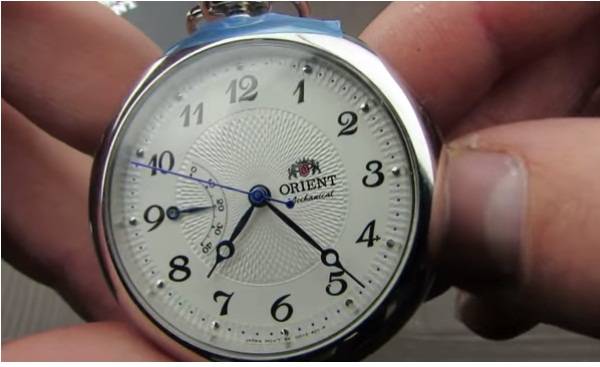




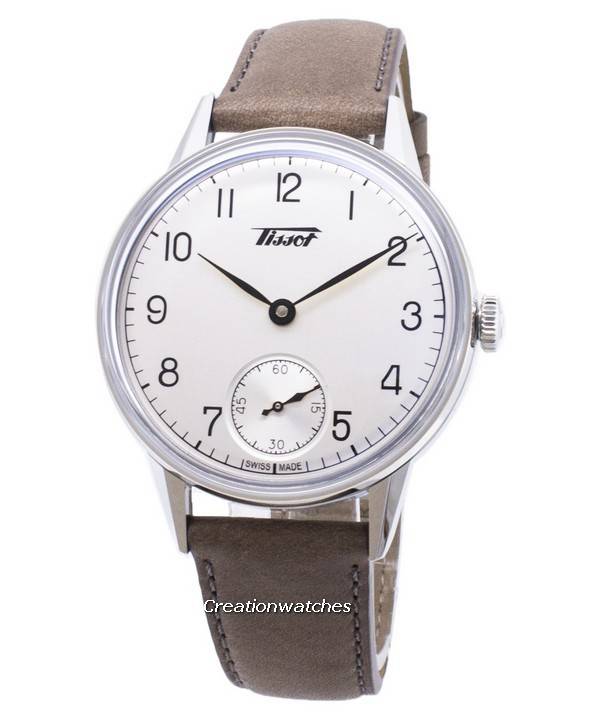

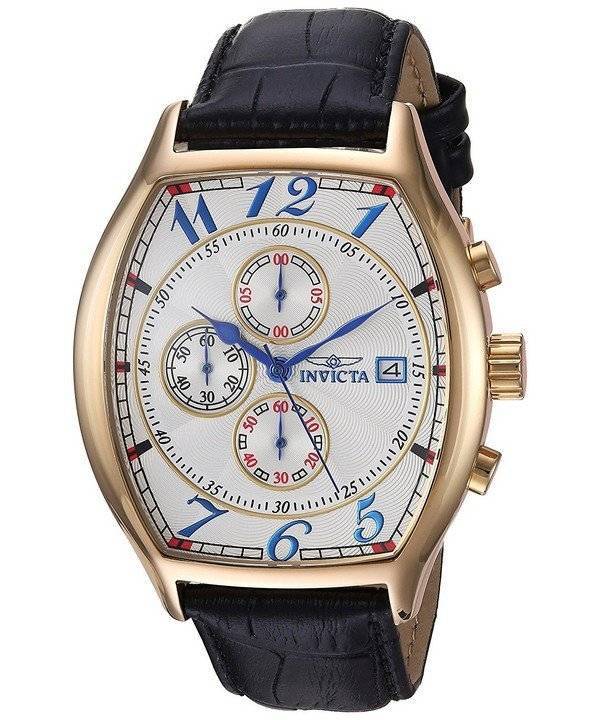

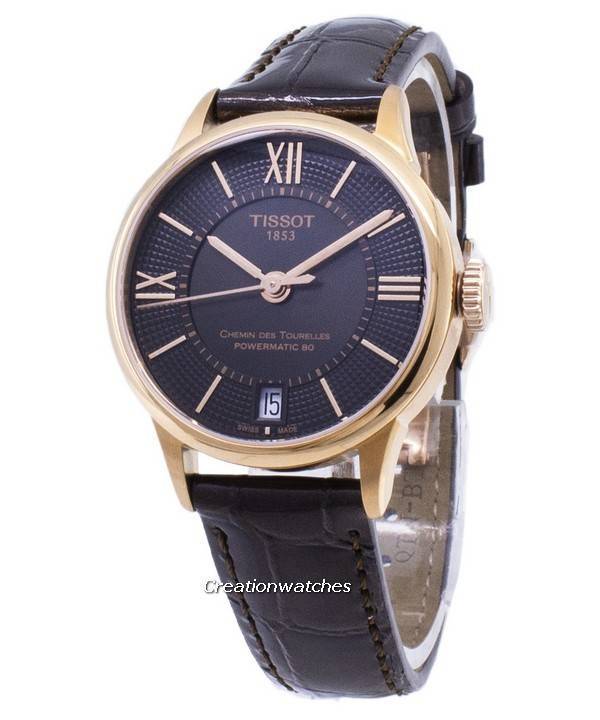



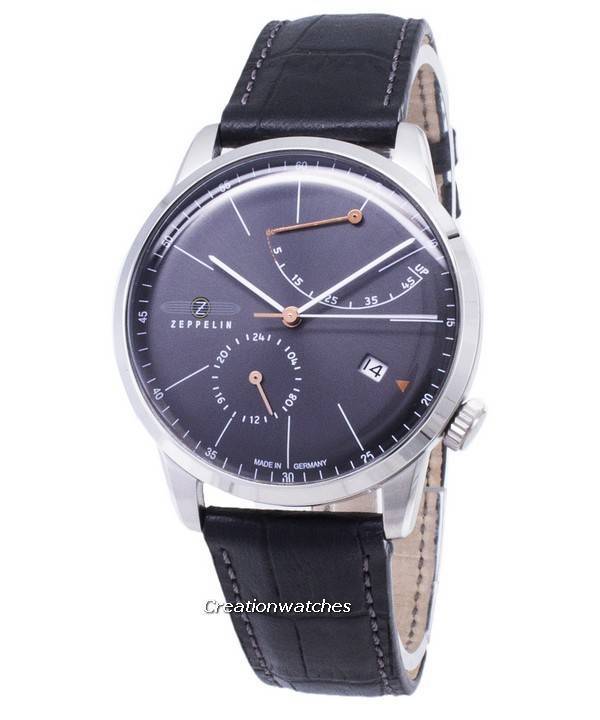
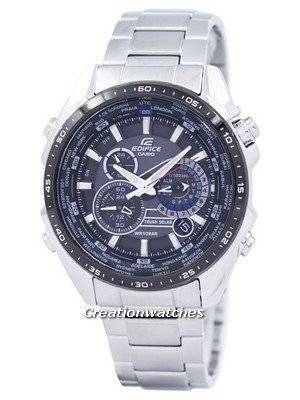

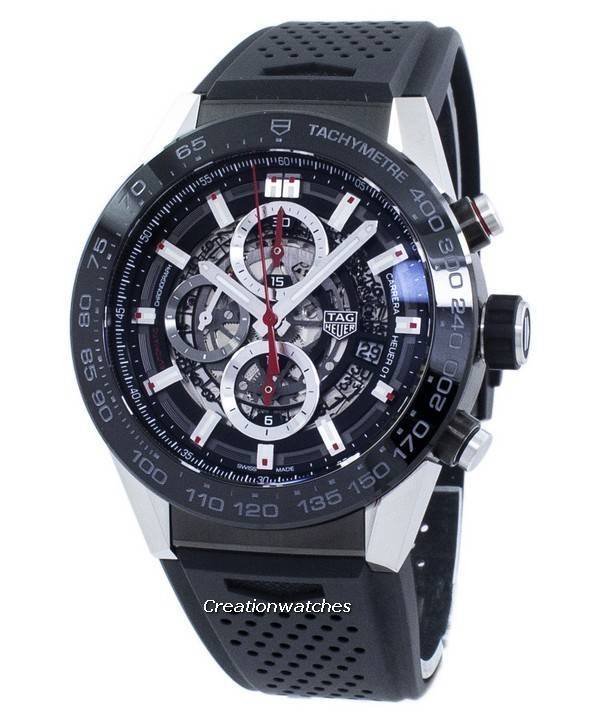


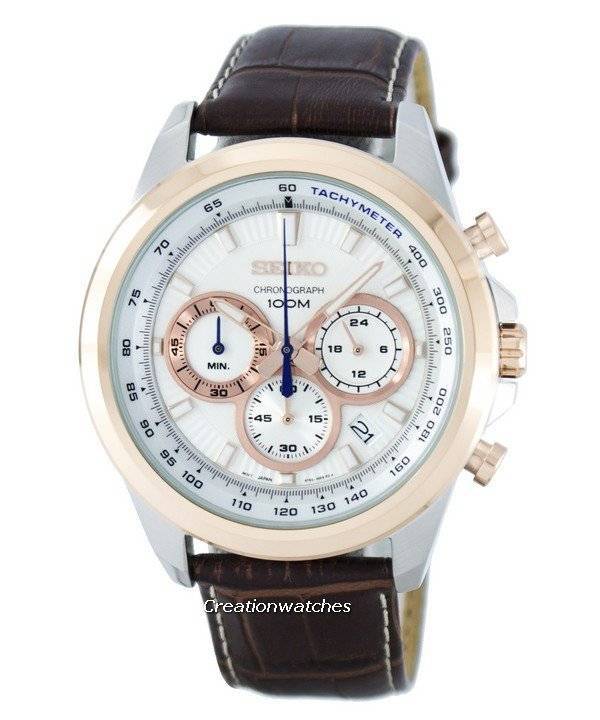



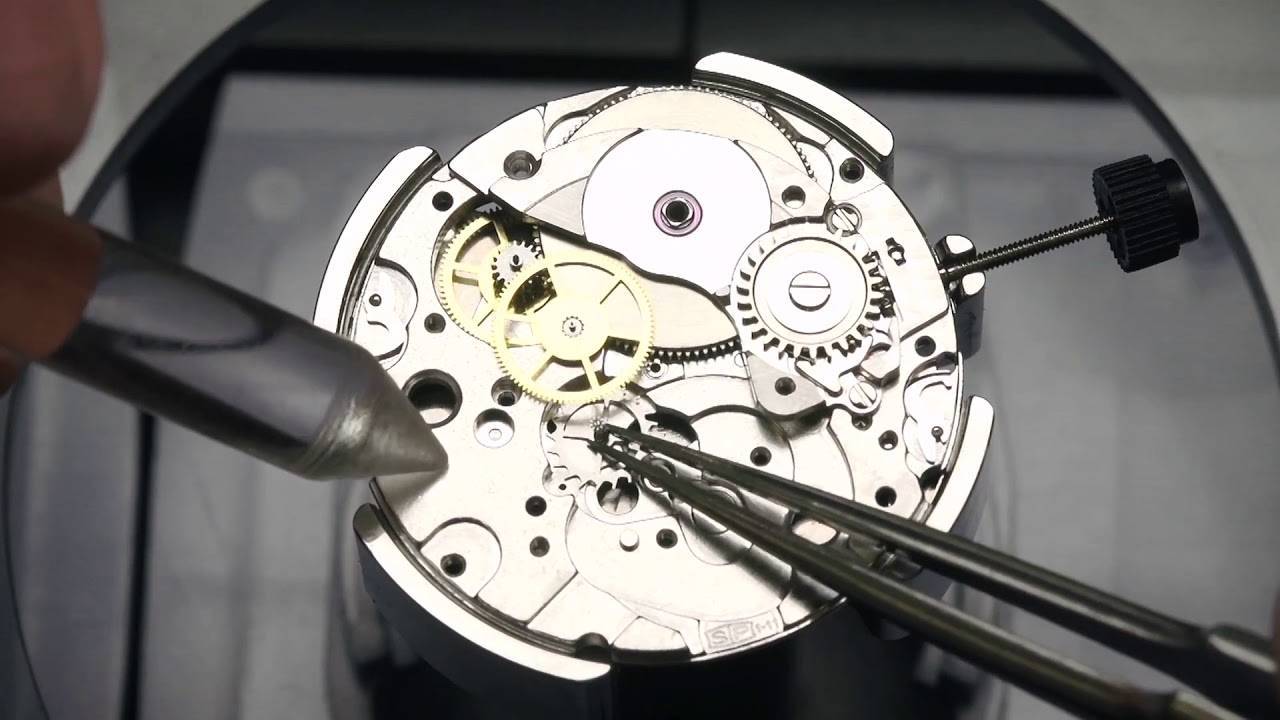




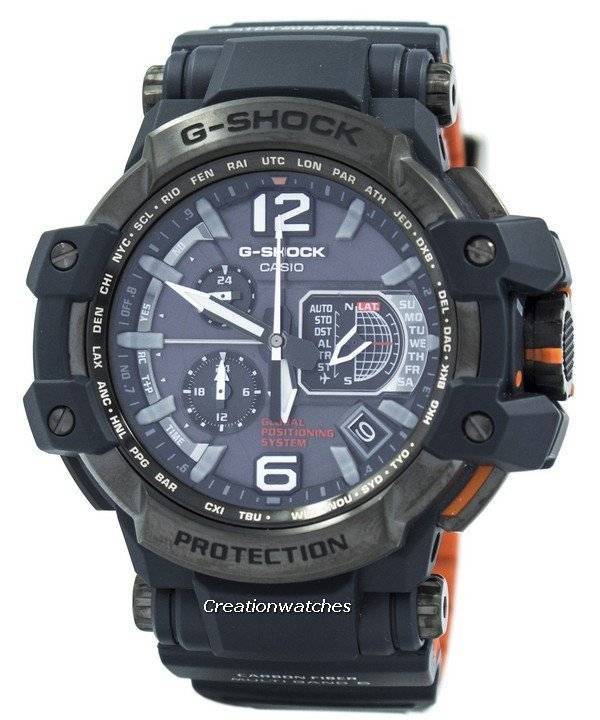


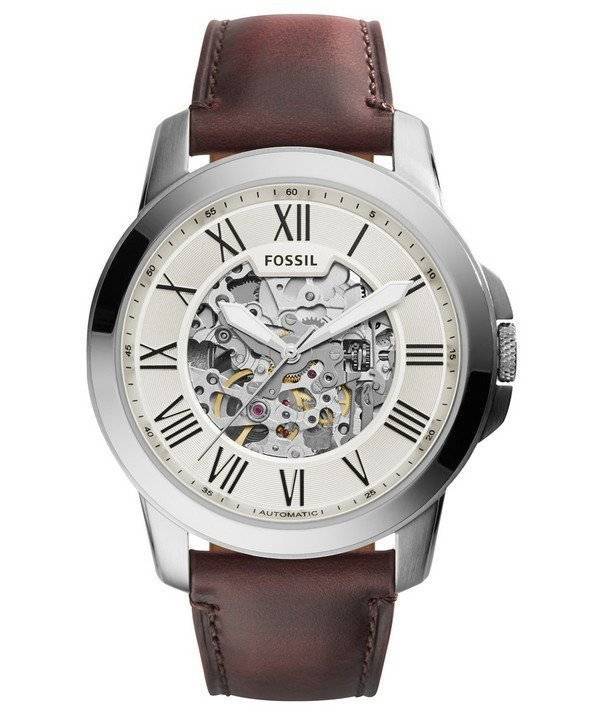


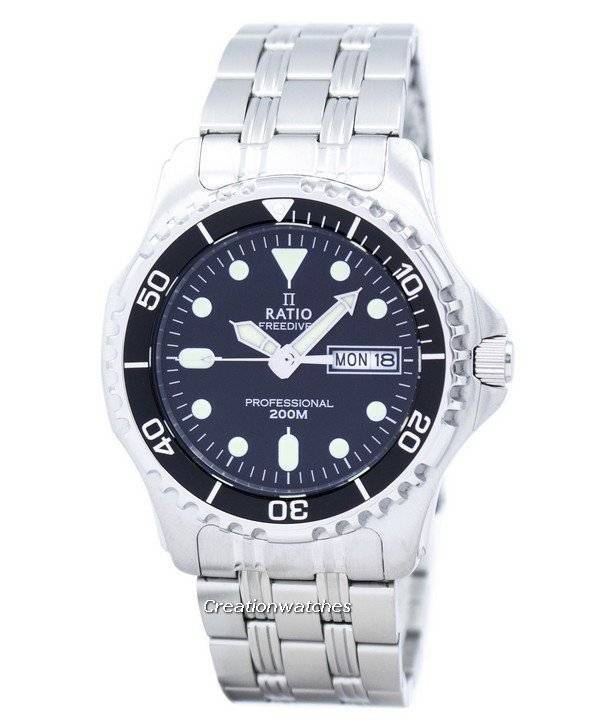




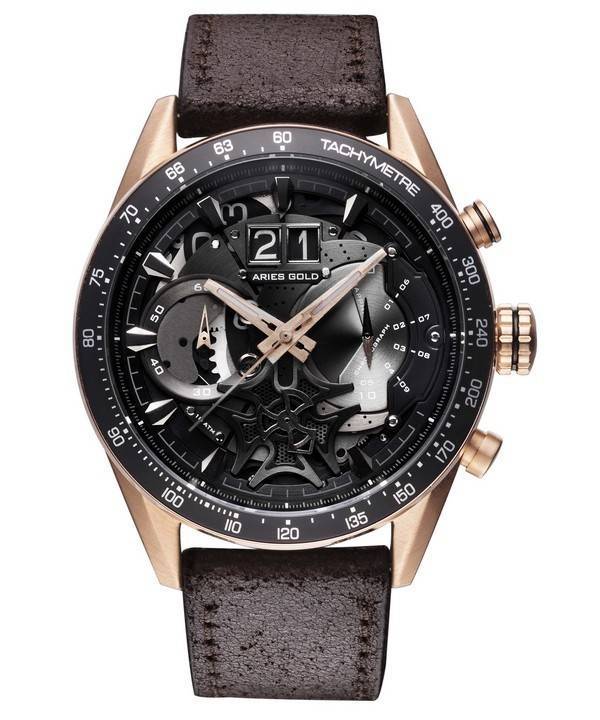
















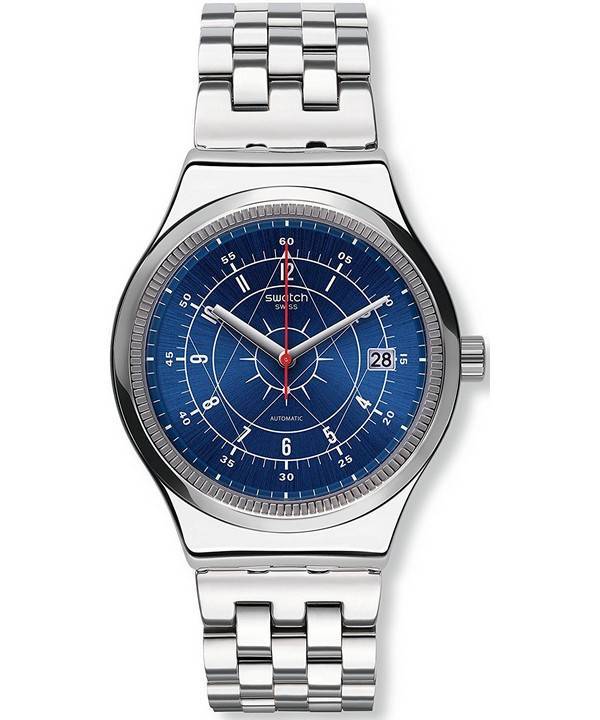




















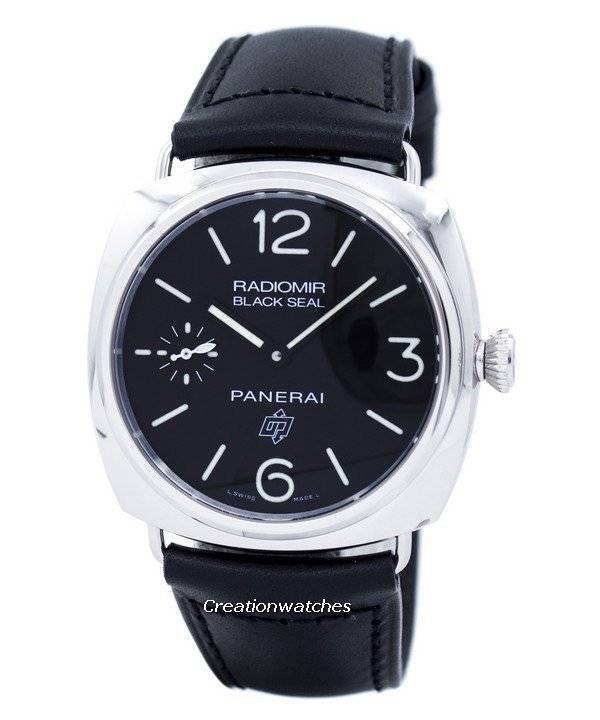




















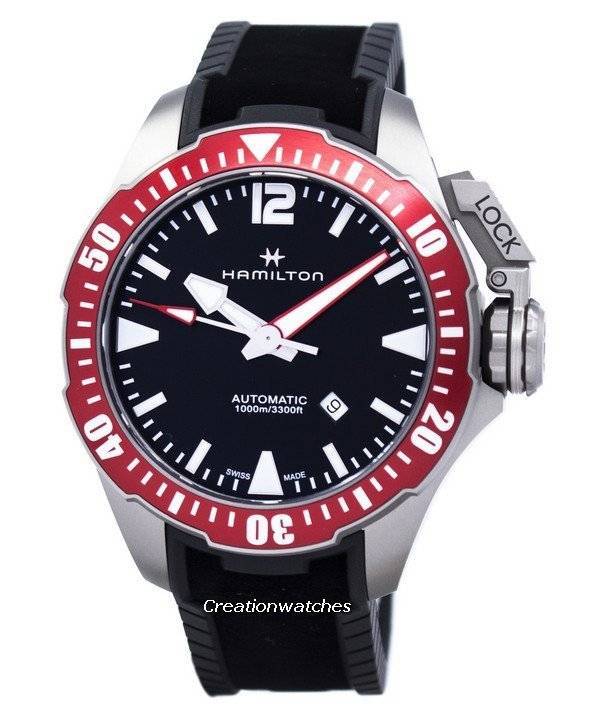


1 comment on “Know your bezel: A short discourse about an oft-overlooked part of a watch (II)”